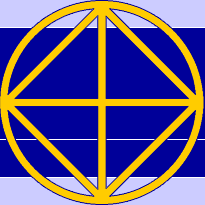One and Many New Years
Yesterday brought a number of e-mails from all over the world – new year greetings in several languages, with lots of good wishes – may they come true… For me this turning from December 31st to January 1st is not much more than a step from one day to the other, marking a day fixed by social conventions of some part of the earth, accidentally located 10 days after winter solstice – a much more appropriate day for a start of a new cycle.
Next week we will be in India, and in about two weeks’ time there will be the Pongal celebration – the new year according to the local traditions between January 12 and 15, marking the beginning of Uttarayana, the sun‘s movement northward for a six-month period. For years I had been working with refugees, and I have several times celebrated the Tết festival, the Vietnamese new year according to the luni-solar calendar, in February. My Iranian colleague of that time used to celebrate with us the Nowruz festival, the traditional Iranian new year holiday celebrated in Iran and several countries of Central Asia coming for Zoroastrian times. It is celebrated on the day of the vernal equinox (start of spring in northern hemisphere), which usually occurs on the March 21st. Though it isn’t an Islamic festival, it has been adopted as such in a number of countries.
For me this is the most appropriate beginning of a new year, marking one prominent starting point of the annual zodiacal cycle, where the sun enters the sign of Aries. Its invigorating energies are most appropriate for launching a new year. Thus the 12 signs of the zodiac are also a more appropriate rhythm than counting the months as normally done. But maybe the double-headed Janus, who gave his name to our January, is quite typical for our times, showing not only two faces and being often irritated by the many perspectives.
Dawn of January 1st, 2008 – what do the augurs say for the coming times?


